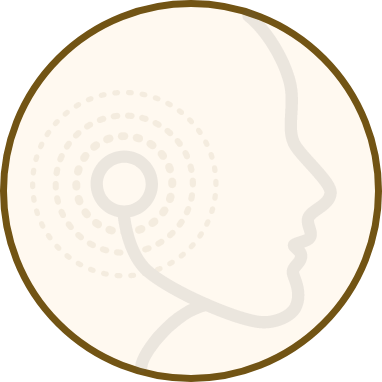 Temporomandibular Joint Disorder — also known as “TMJ” or “TMJD” depending on who you ask — is known for causing classic symptoms such as:
Temporomandibular Joint Disorder — also known as “TMJ” or “TMJD” depending on who you ask — is known for causing classic symptoms such as:
- Clicking or popping noises in your TMJ
- Headaches and migraines
- Limited range of motion
- Pain around the jaw or ear
But what if your TMJ disorder could be affecting a larger area of your body? Primarily your neck, shoulders and back?
The Muscular Connection
Anatomically speaking, the muscles around your TMJ must connect elsewhere at the other end. Your head, neck and back are all interwoven with muscles and ligaments. Repeatedly straining one end of a muscle will, ultimately, cause pain elsewhere in the body where tissues extend.
Now imagine yourself constantly clenching your teeth or straining your TMJ due to a joint disorder. Over time, you’ll likely start to see pain referred outside of your jaw and into places like your head and neck, which are outside of your TMJ.
As a result of pain or muscle strain, your body’s other muscles start to compromise their natural position. Gradually, the pain that began in your TMJ and radiated into your neck or shoulders has started to creep down into your back.
You may think that you have a back problem or a shoulder problem. In reality, it may all boil back to a TMJ problem that you just didn’t notice before.
Treating Pain at its Source
A holistic dentist will be able to evaluate your jaw and oral anatomy to determine if TMJD is the cause of your constant muscle pain. If it is, you may need to make minor modifications to the way your teeth bite together, wear a protective splint when you’re sleeping or even undergo orthodontic therapy.
The key to treating TMJ disorder in a minimally invasive manner is to work with a dentist who is experienced in TMJD and non-surgical jaw therapy. From there, TMJ pain will start to improve, as will the additional muscle tension that extends elsewhere in your body.
Do you have jaw and back pain? They could be linked! Visit us for a no-pressure consultation.

